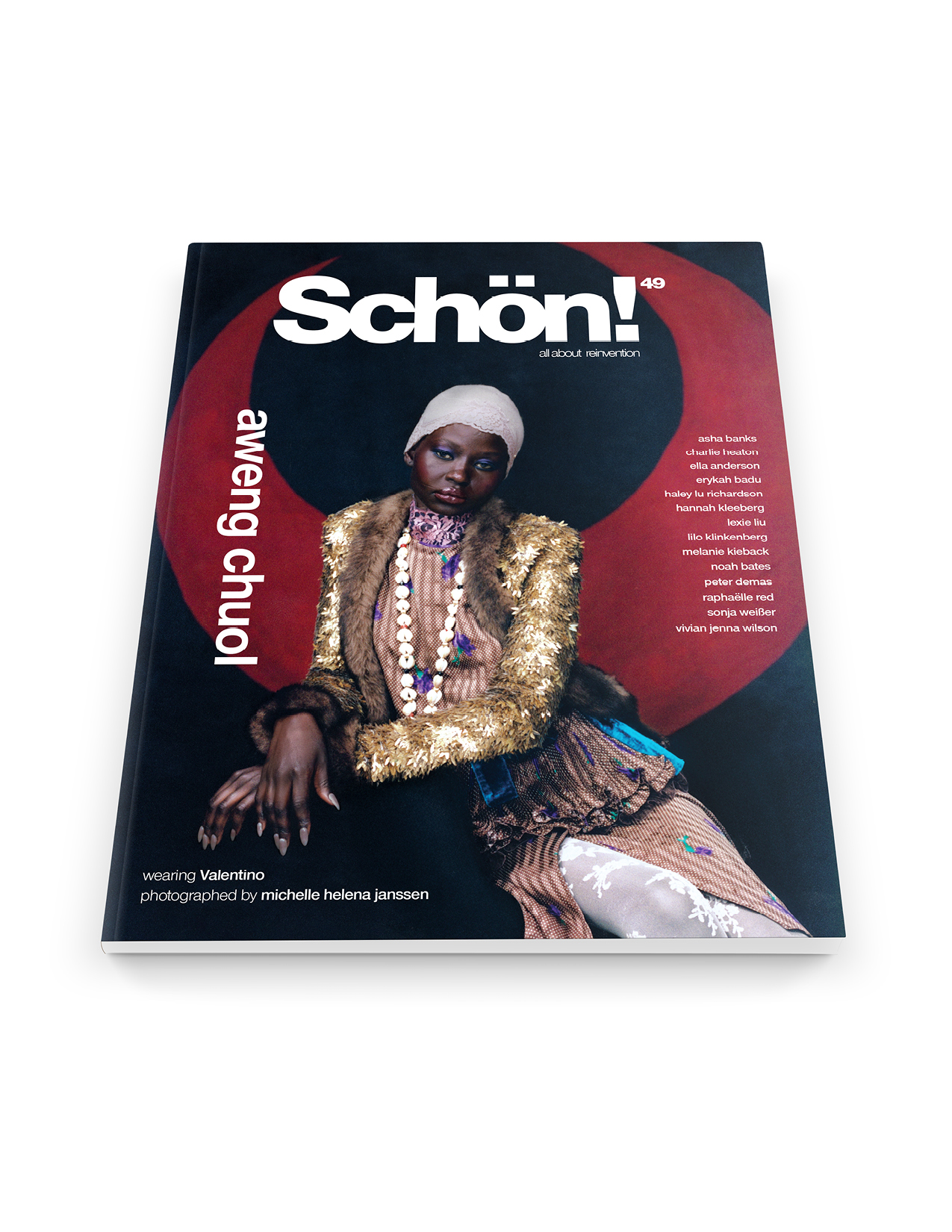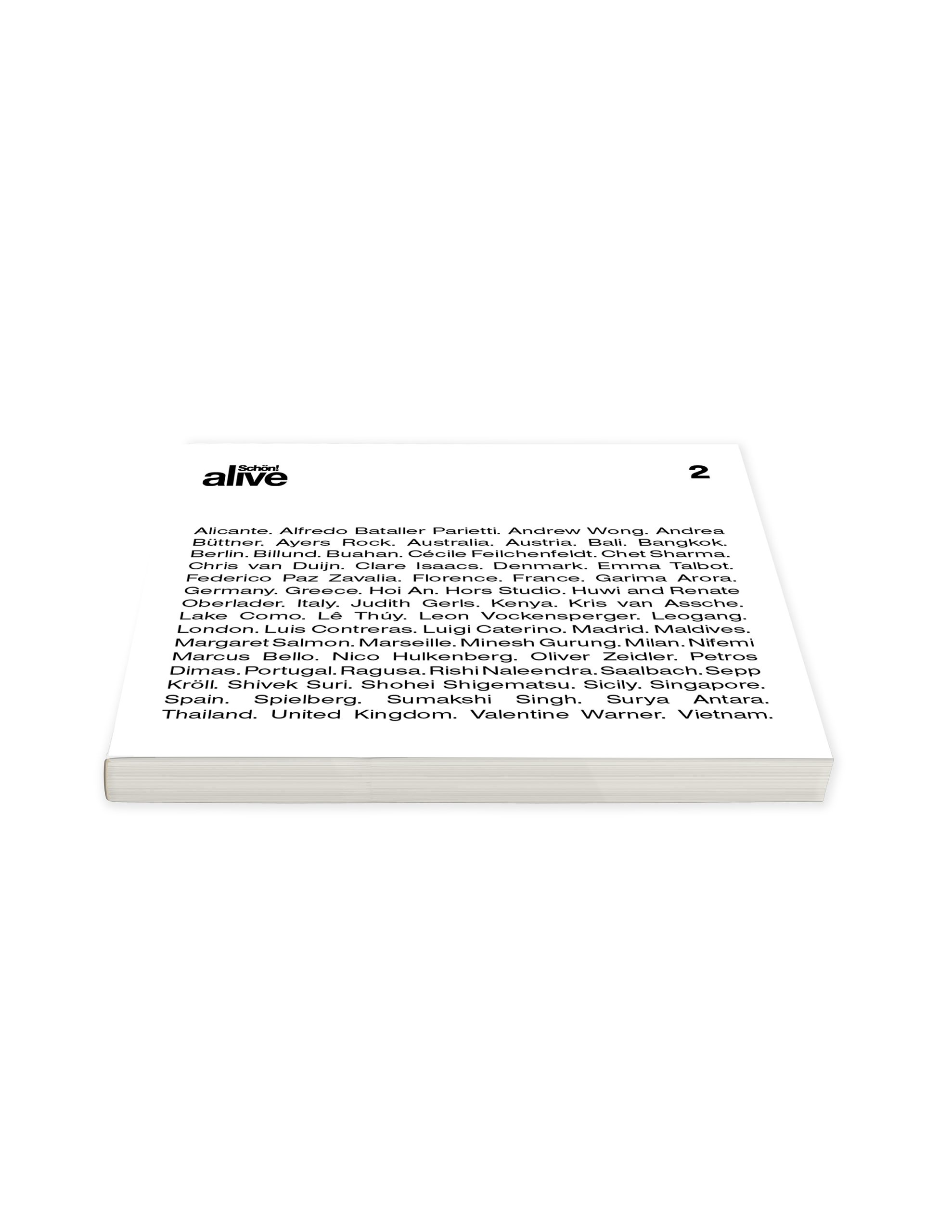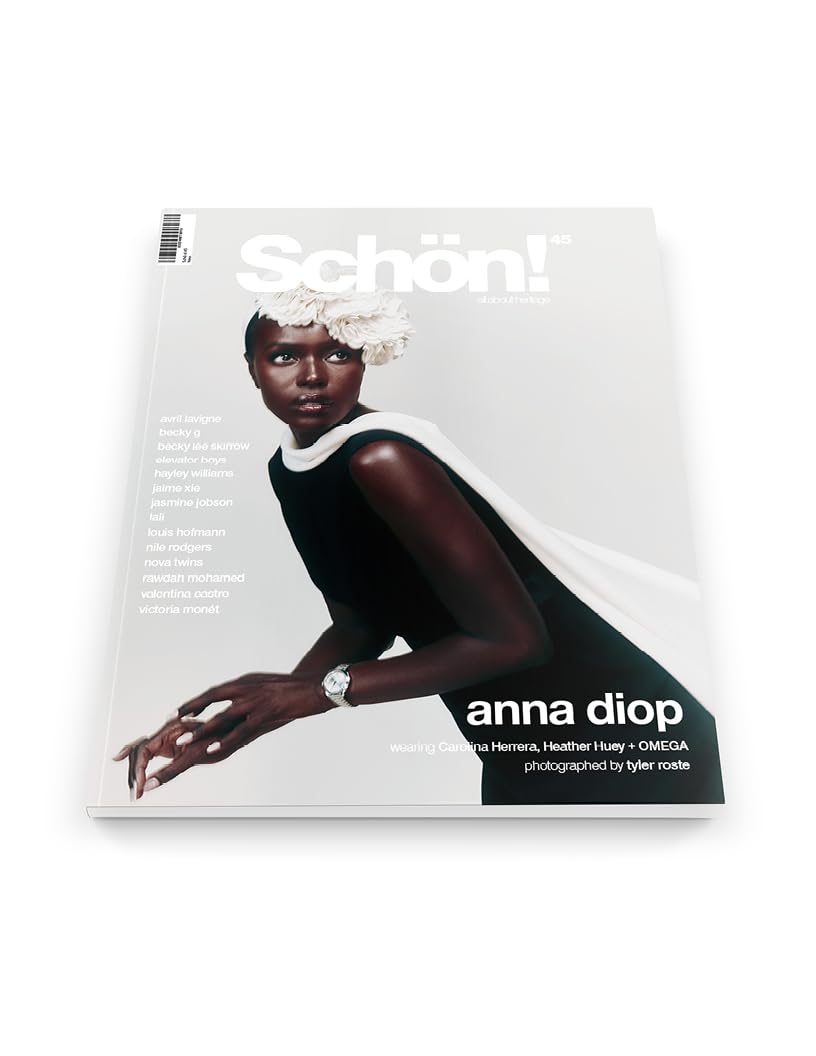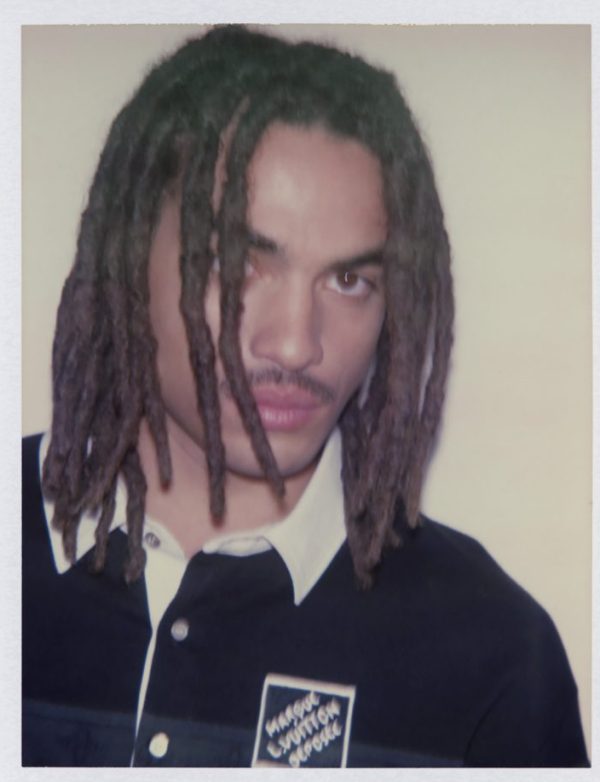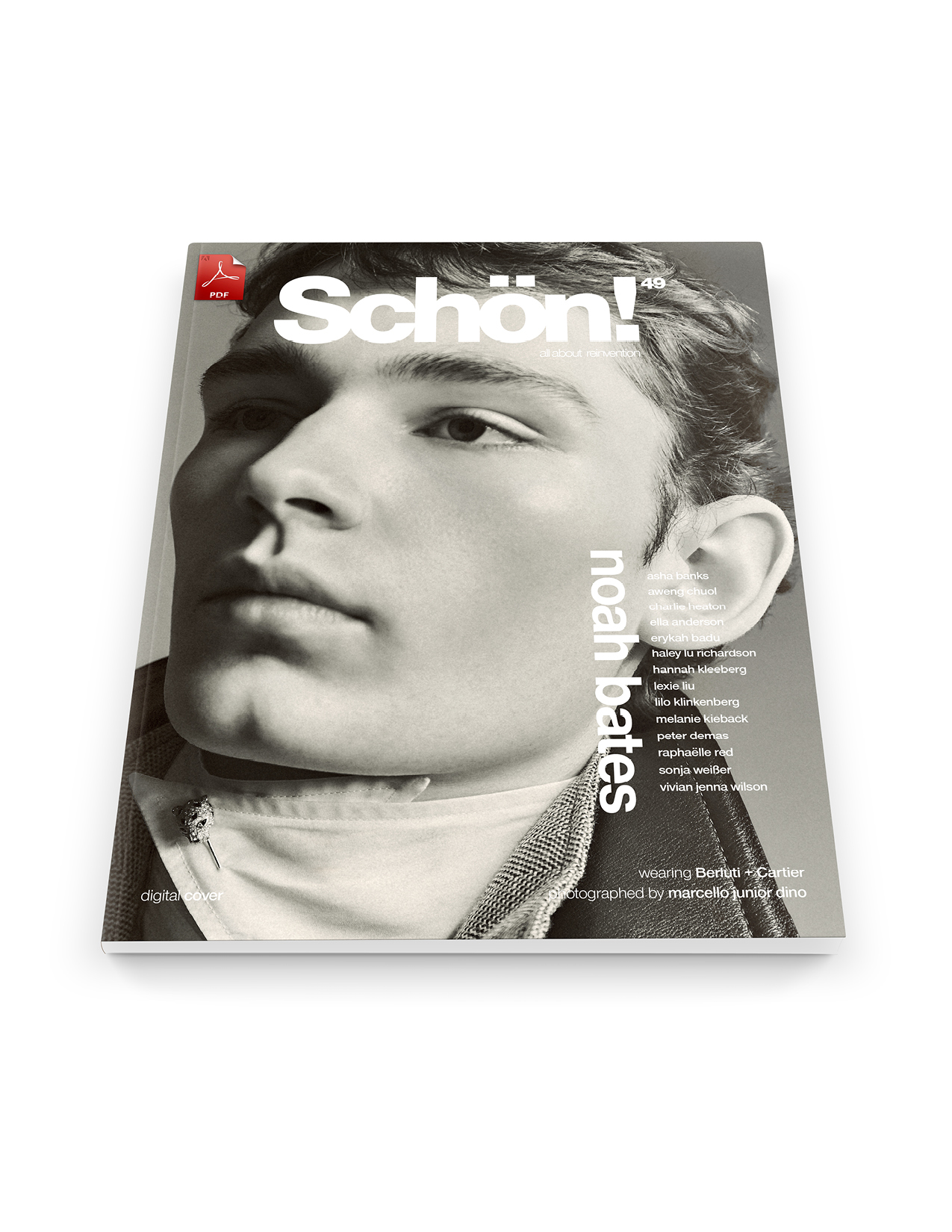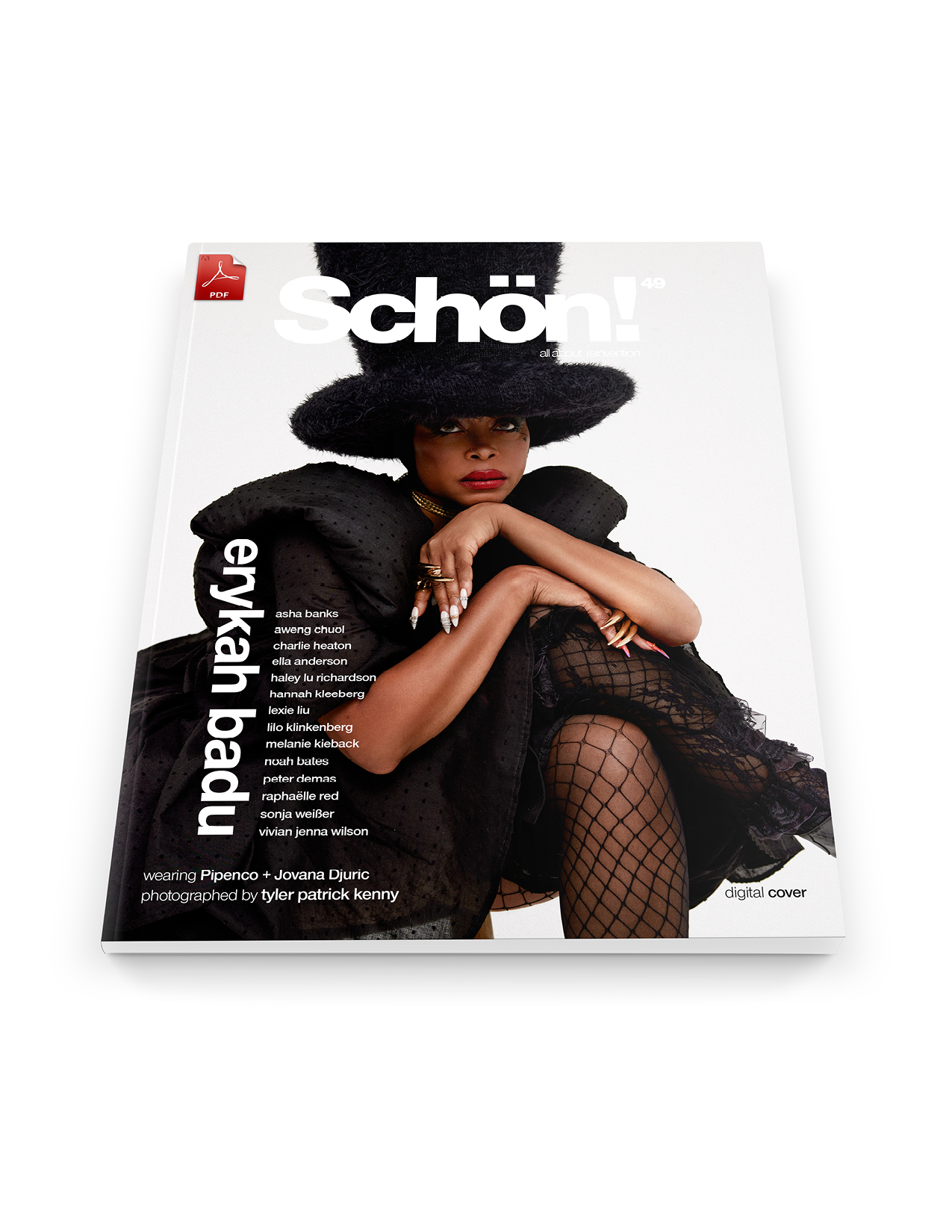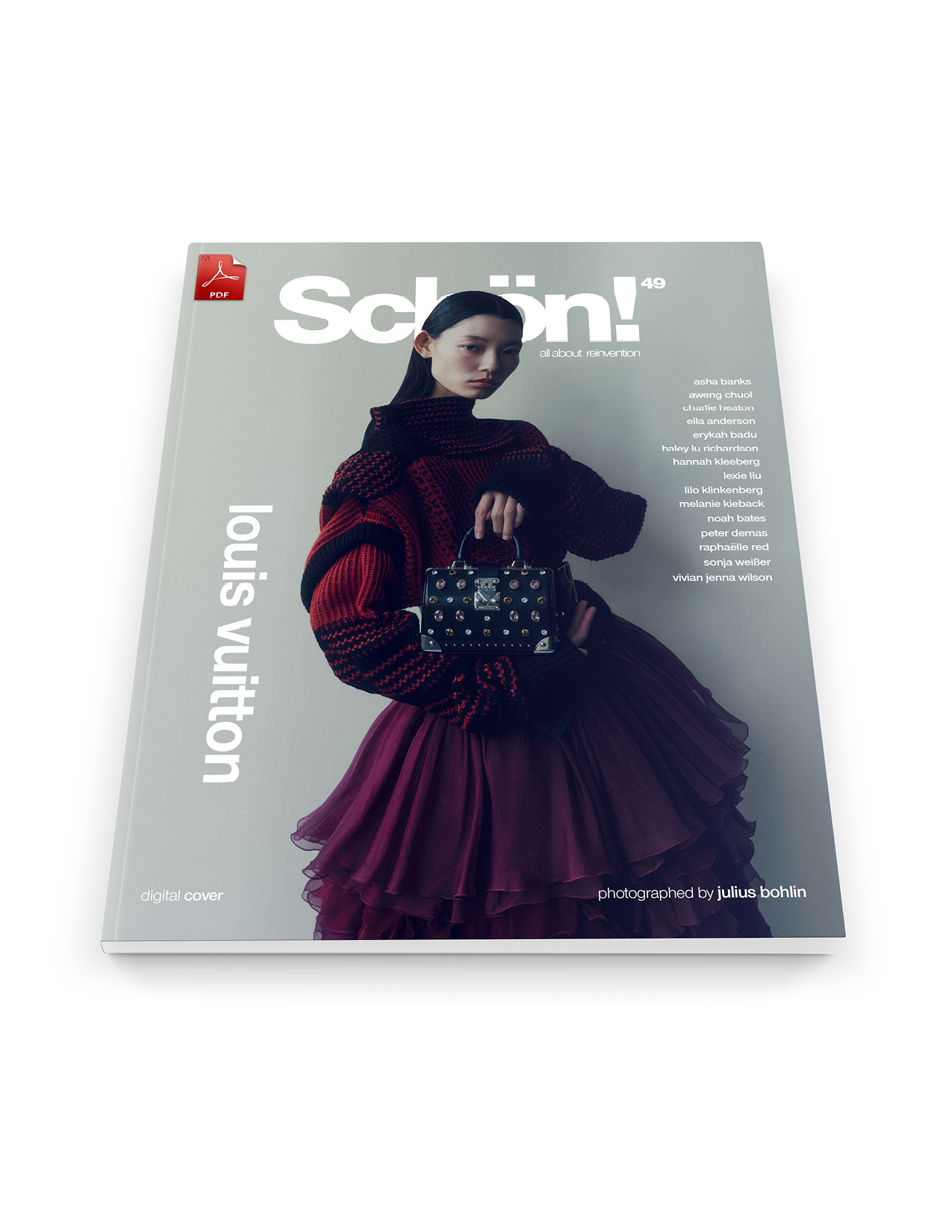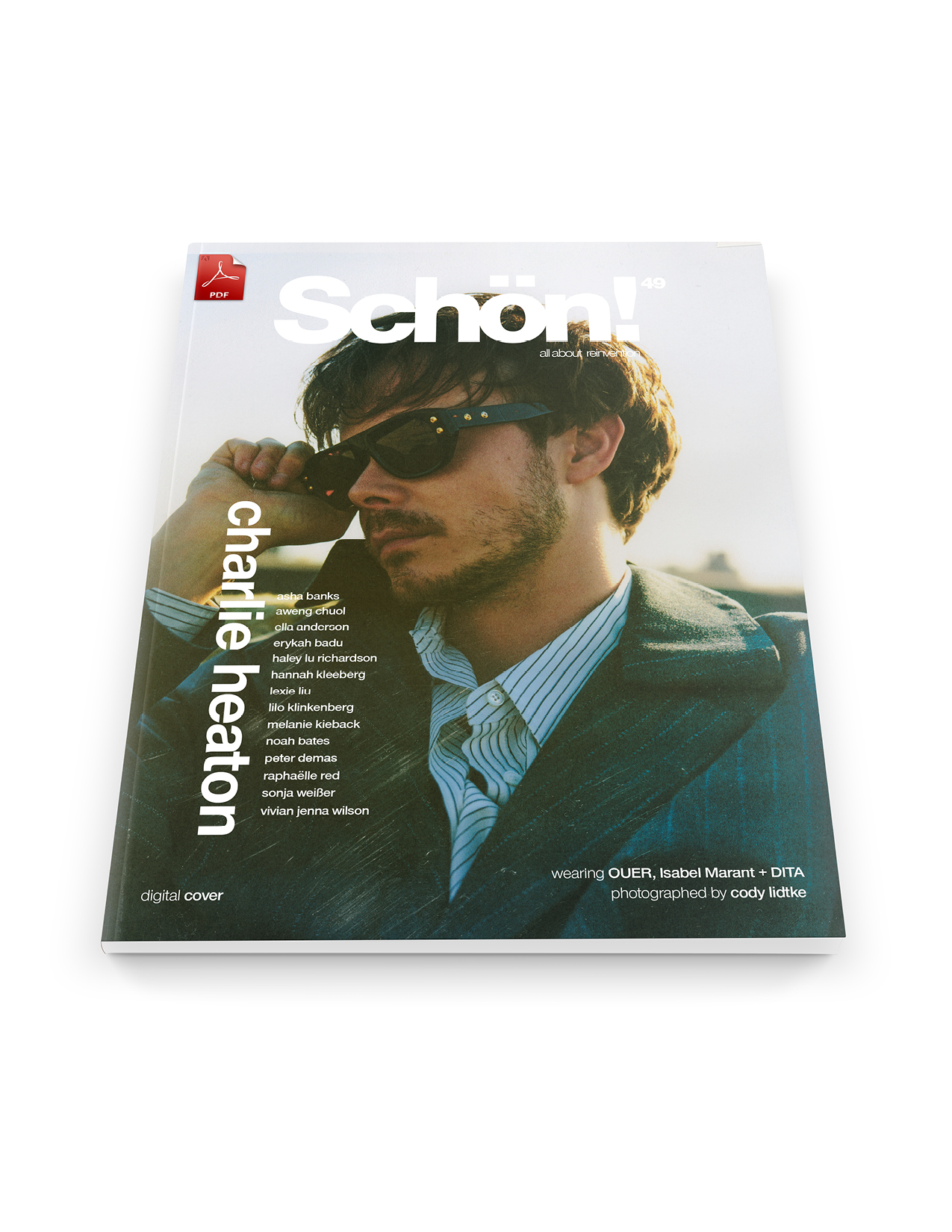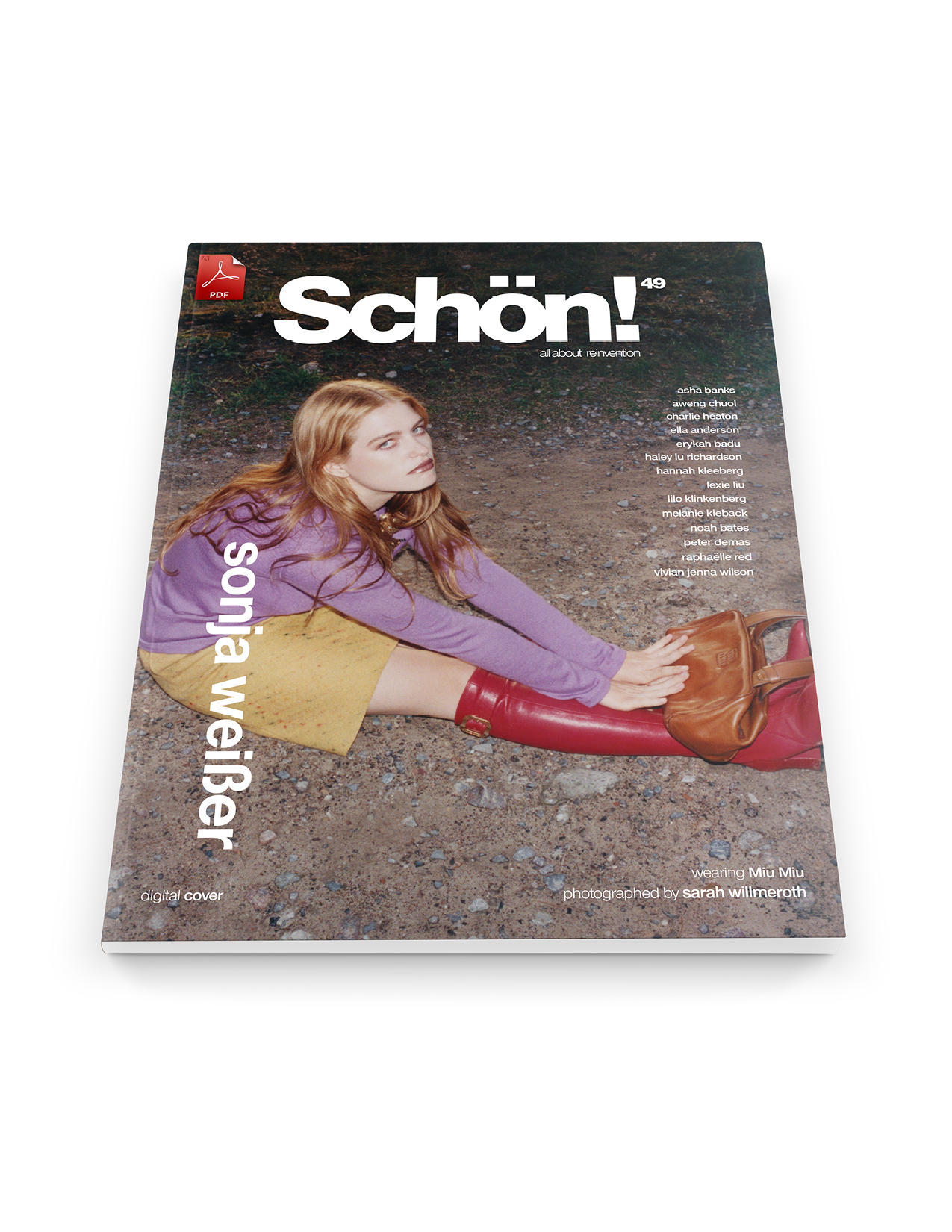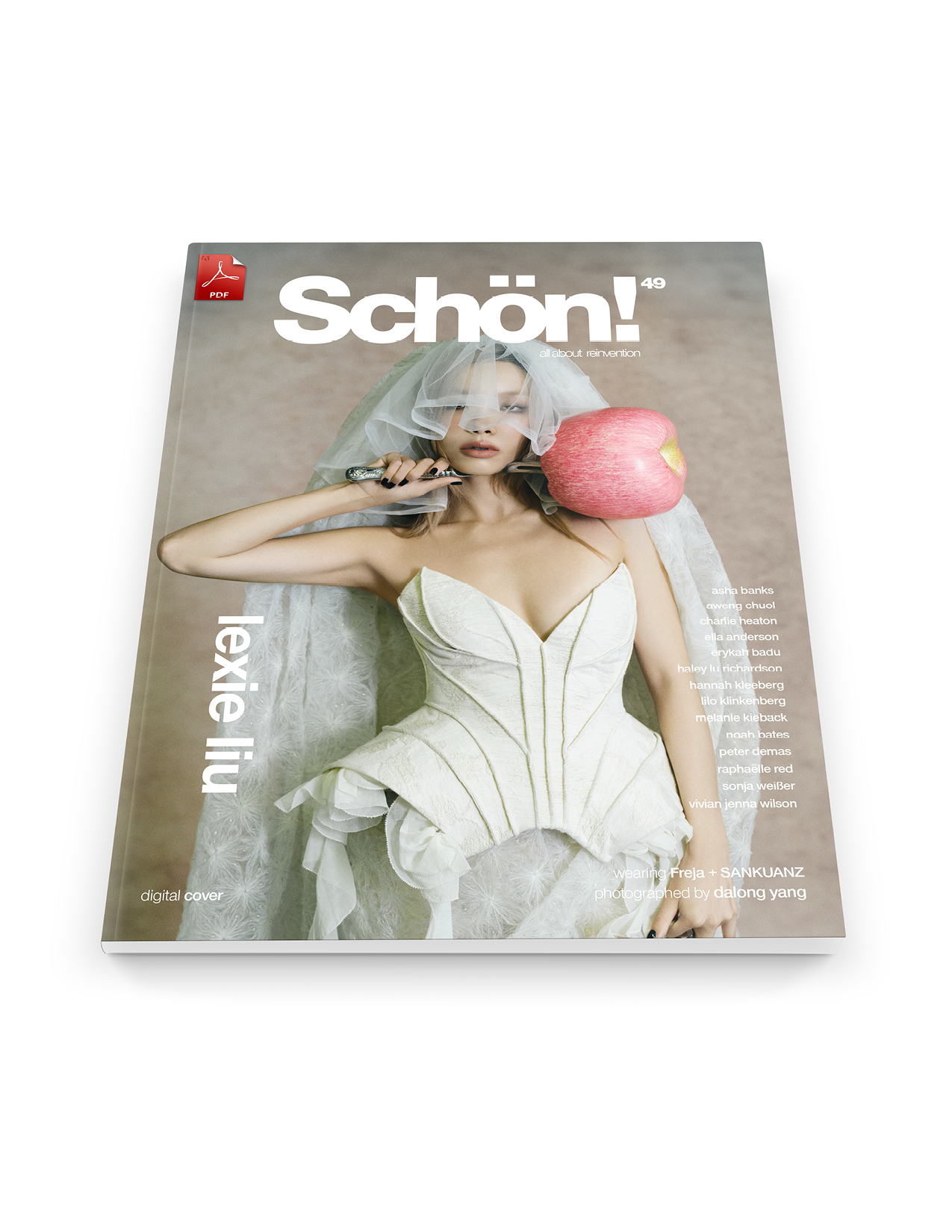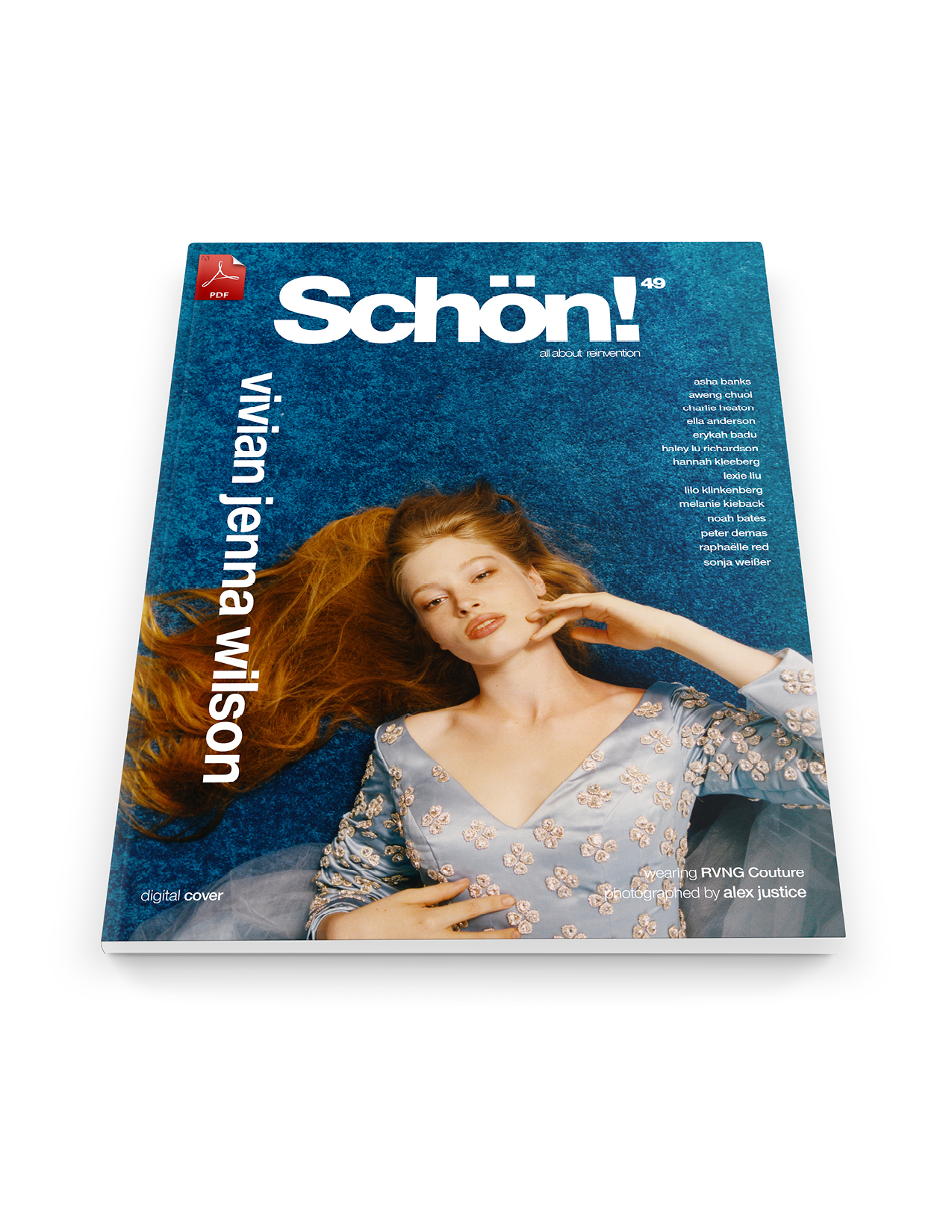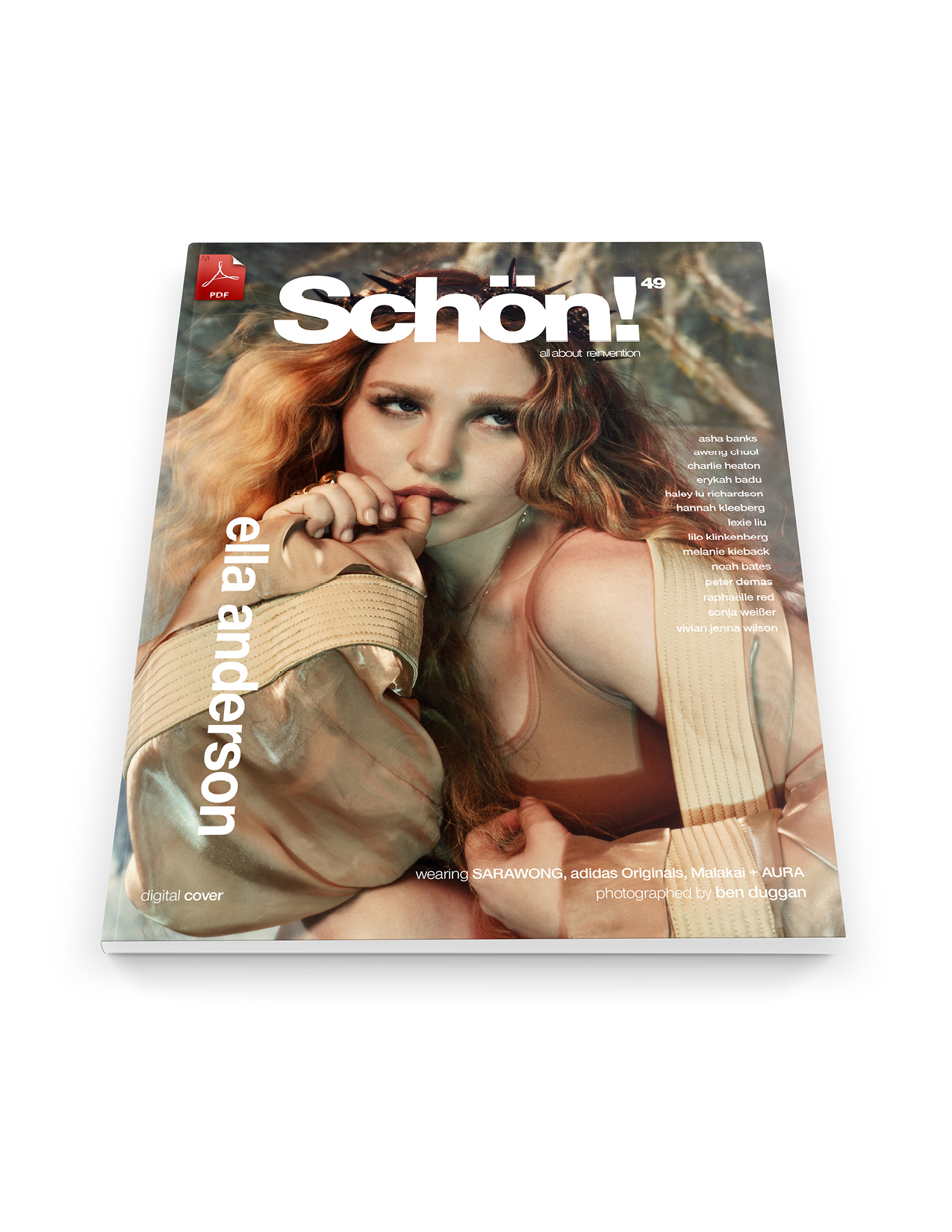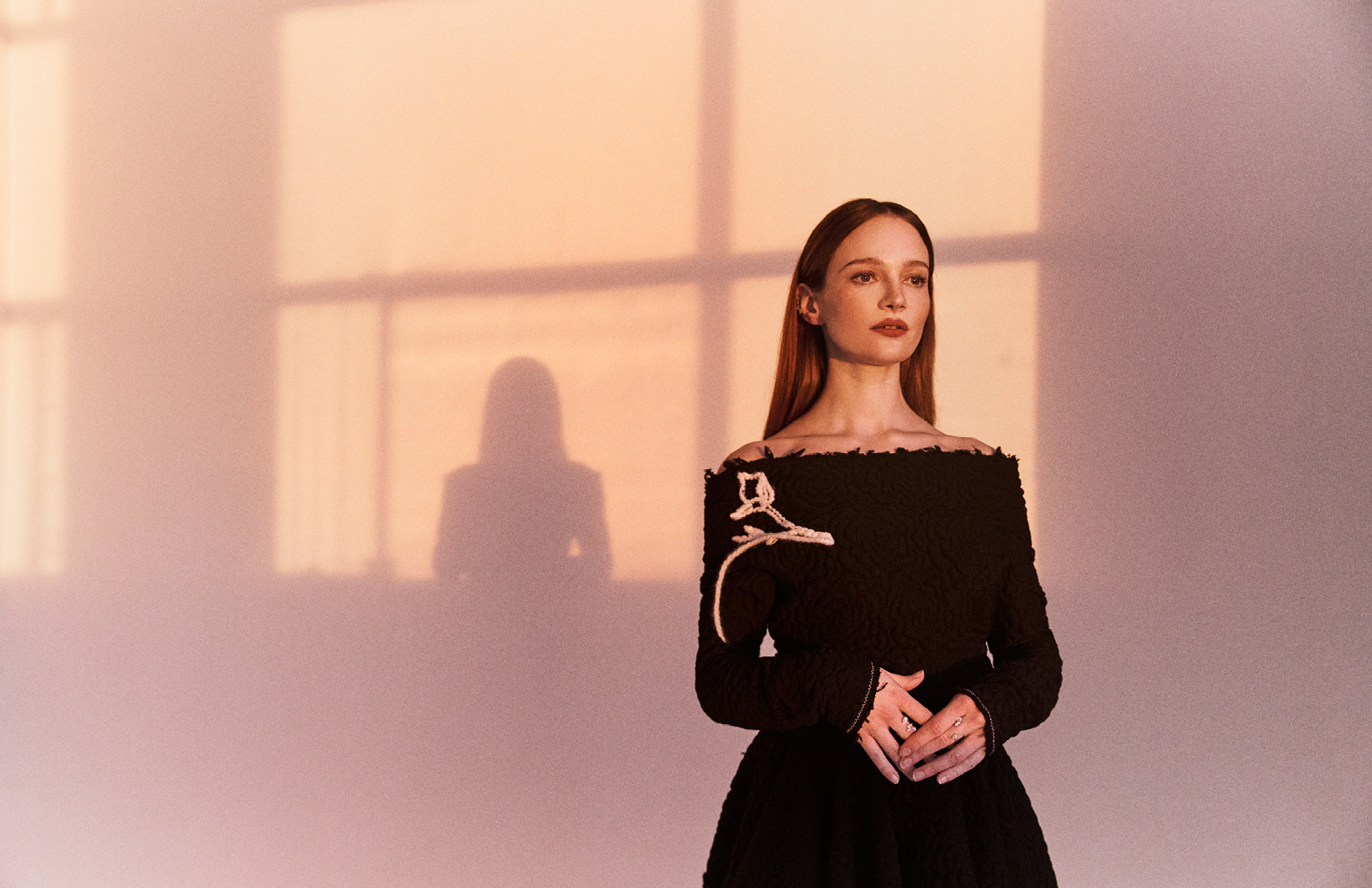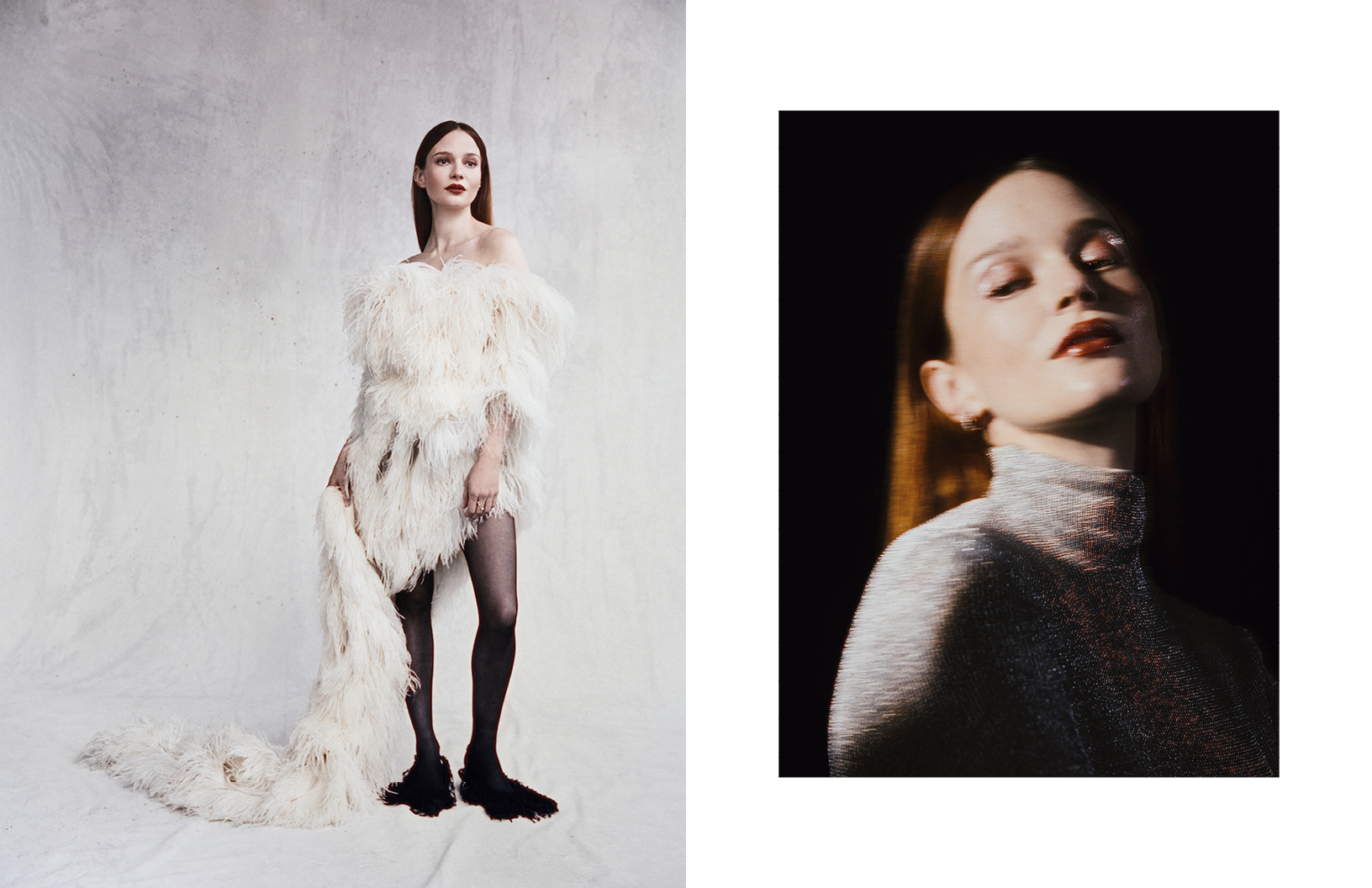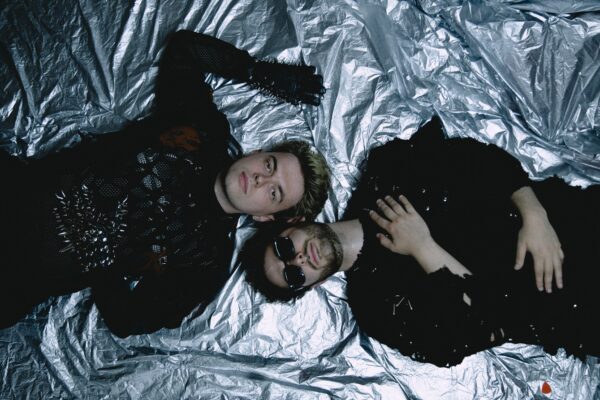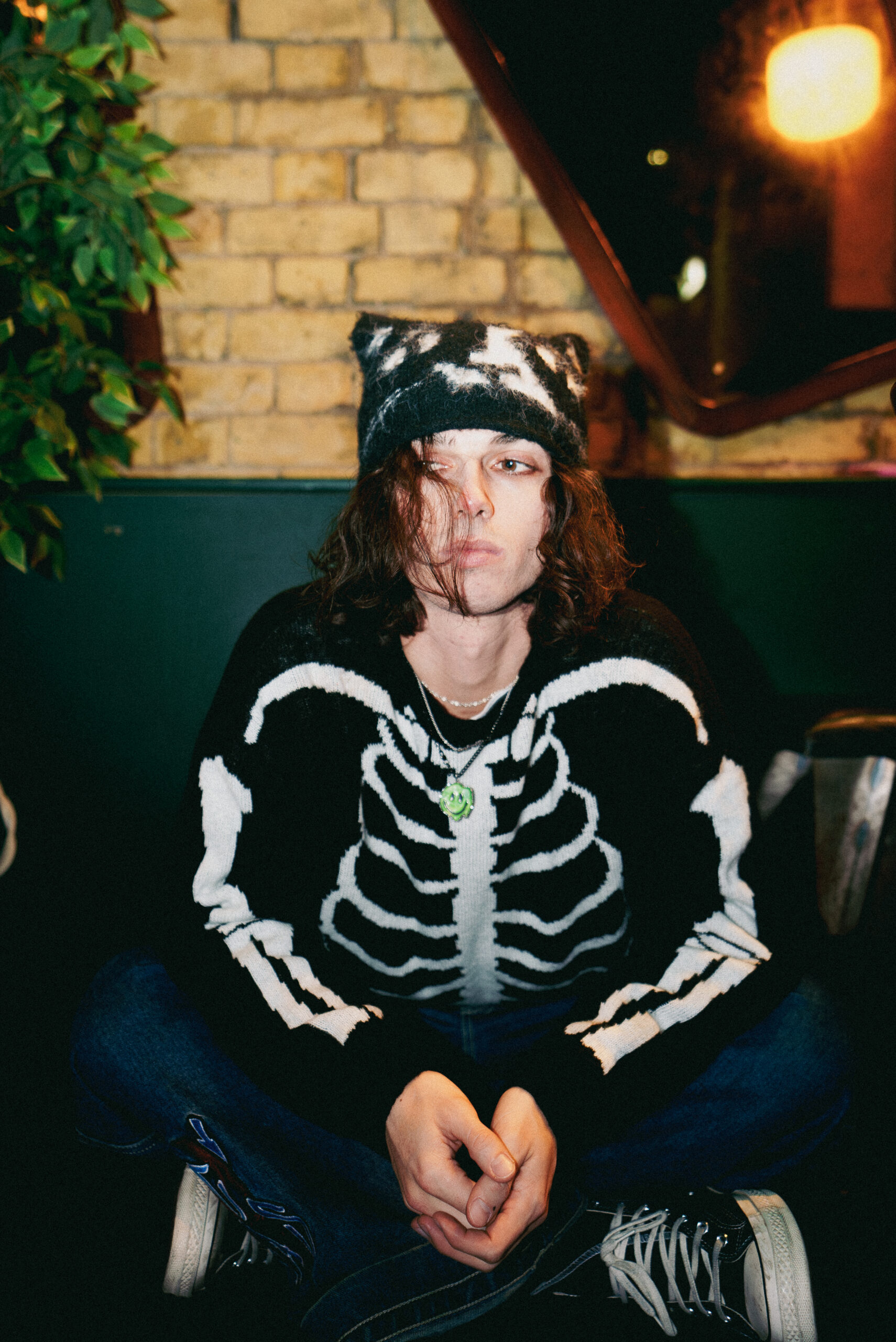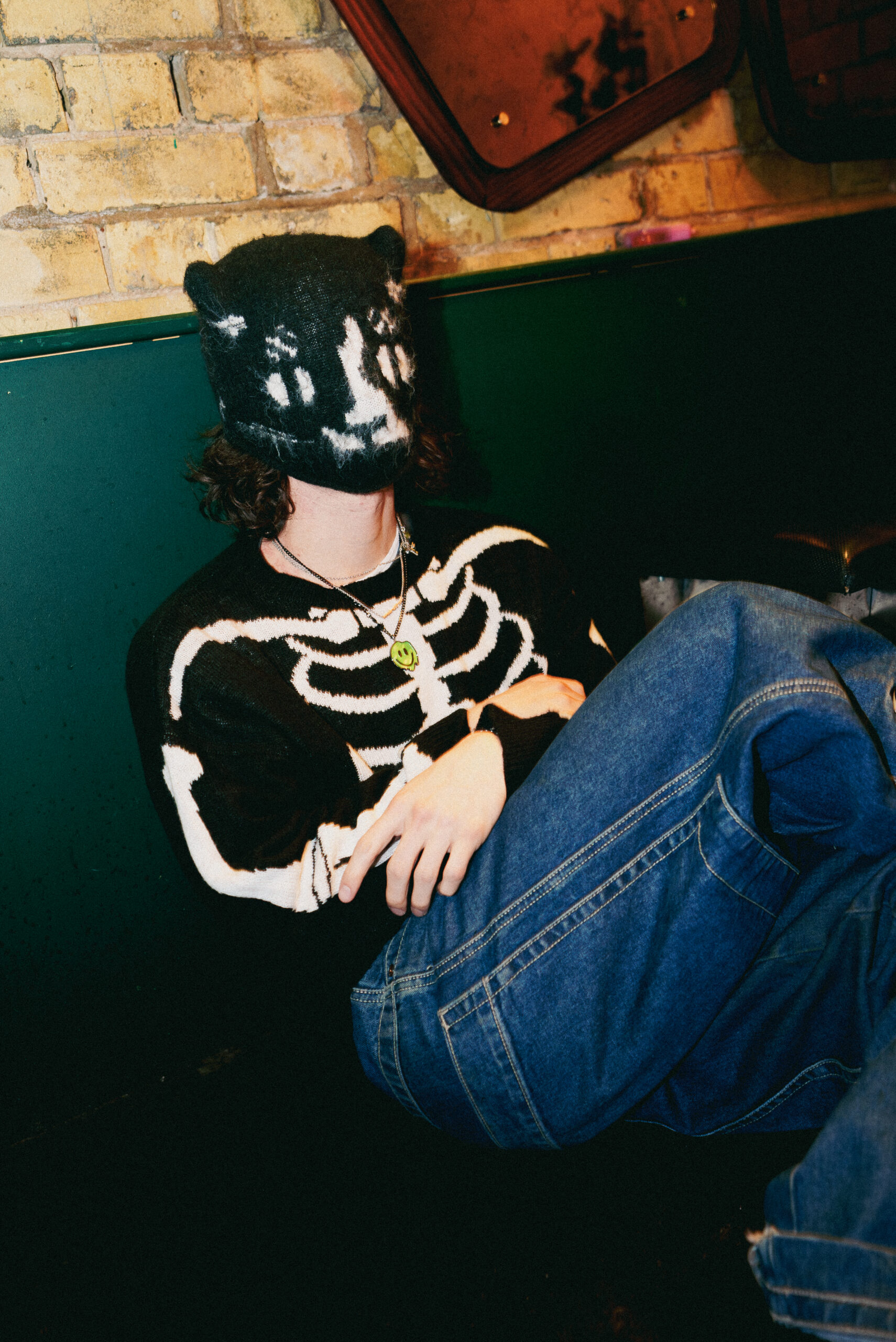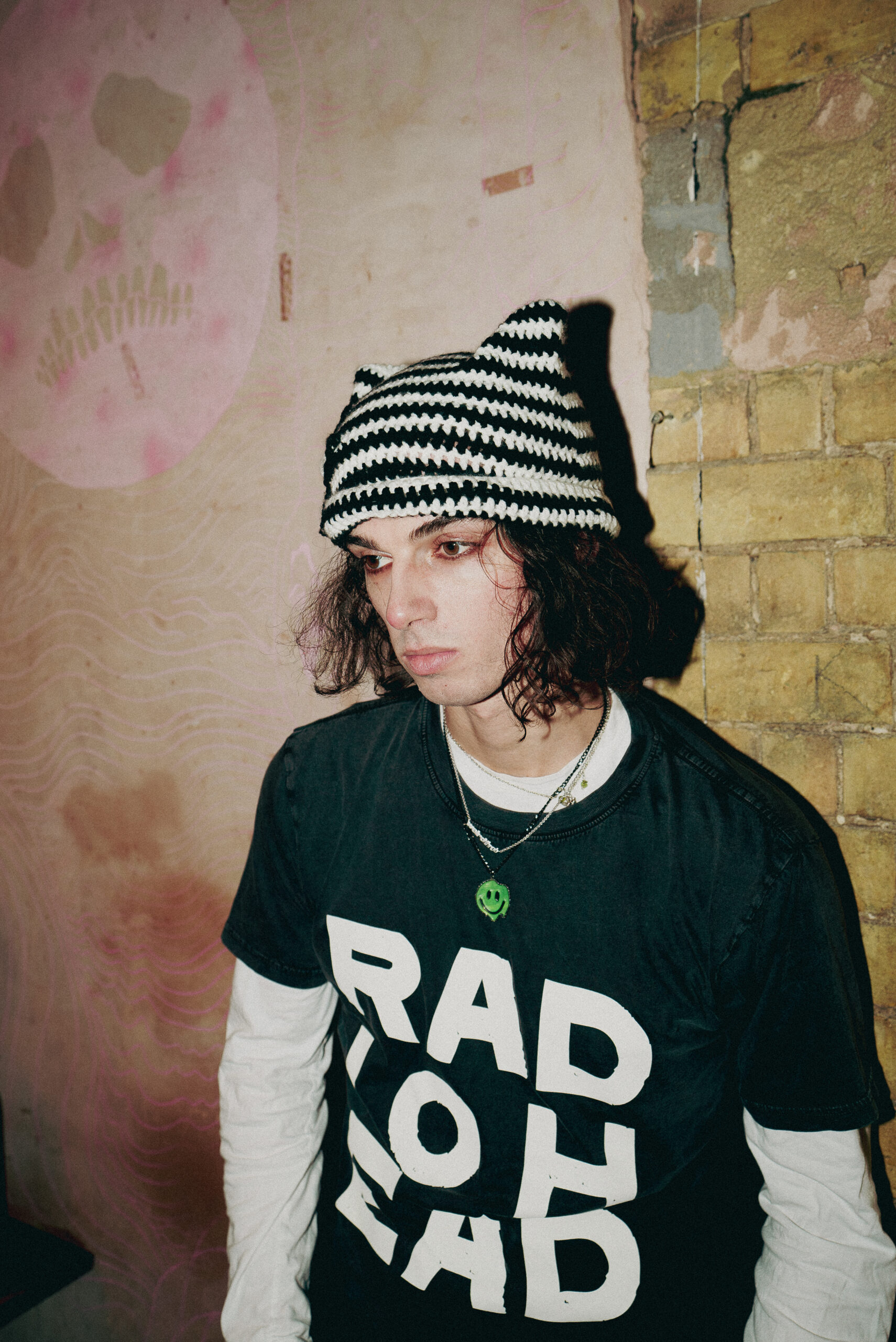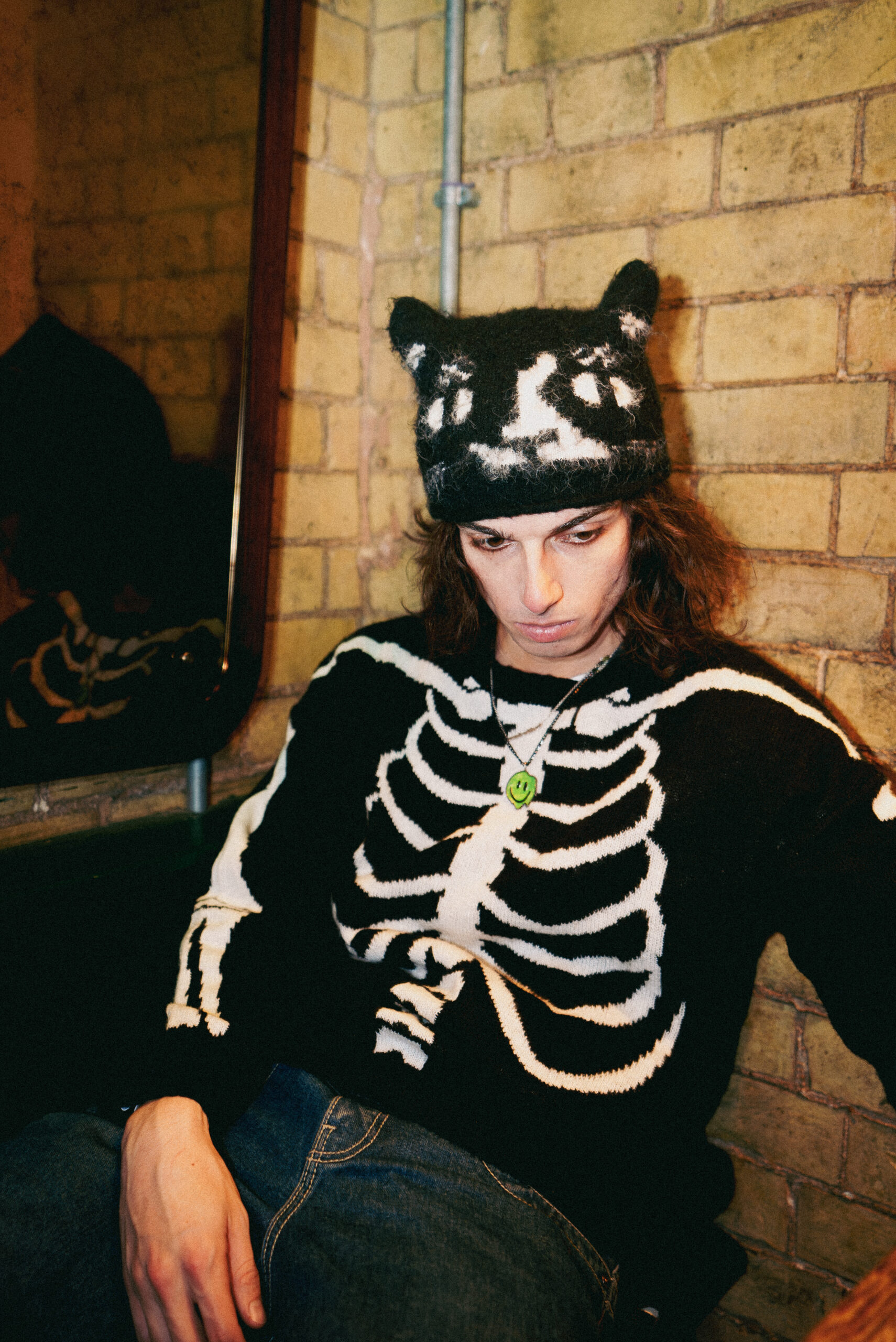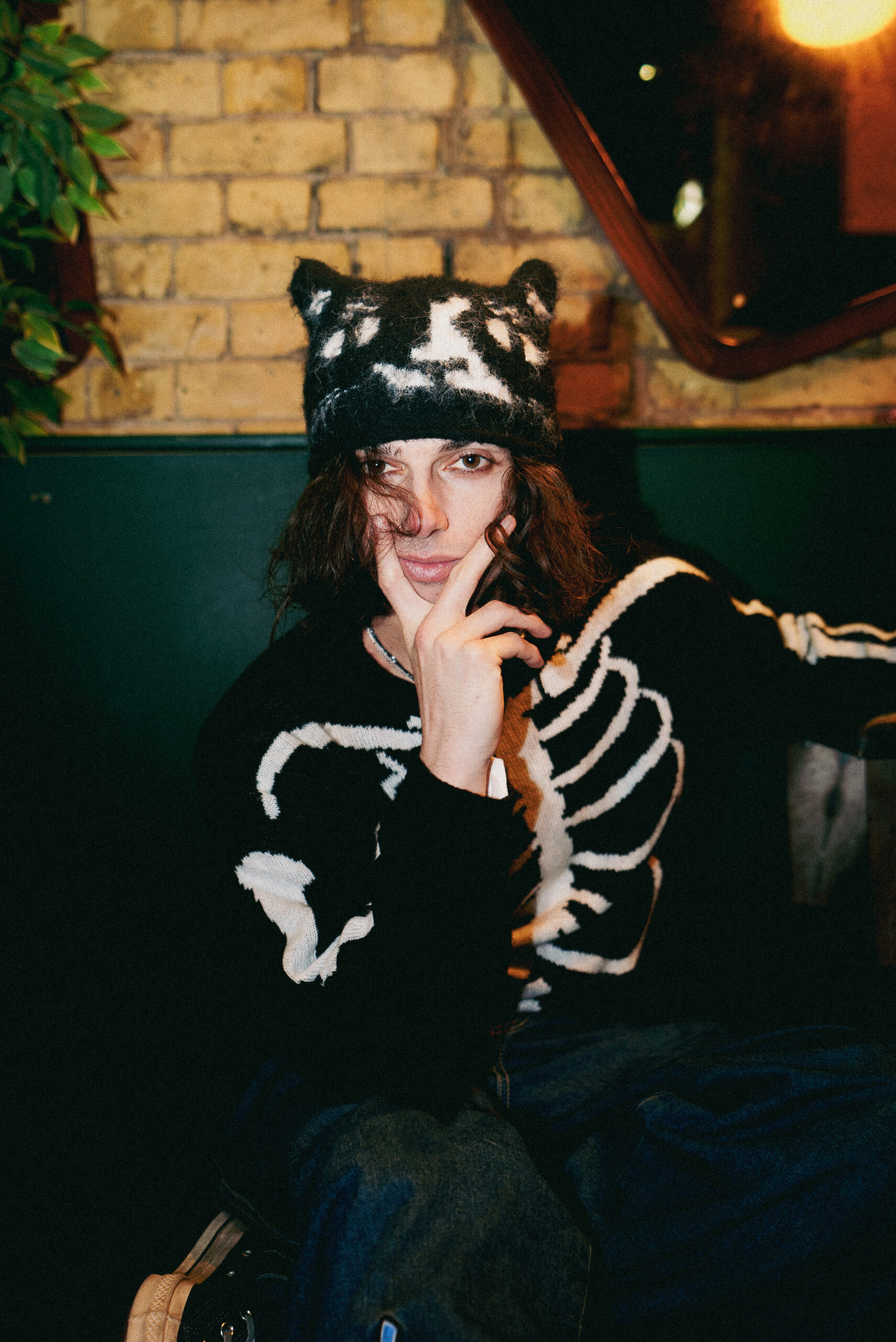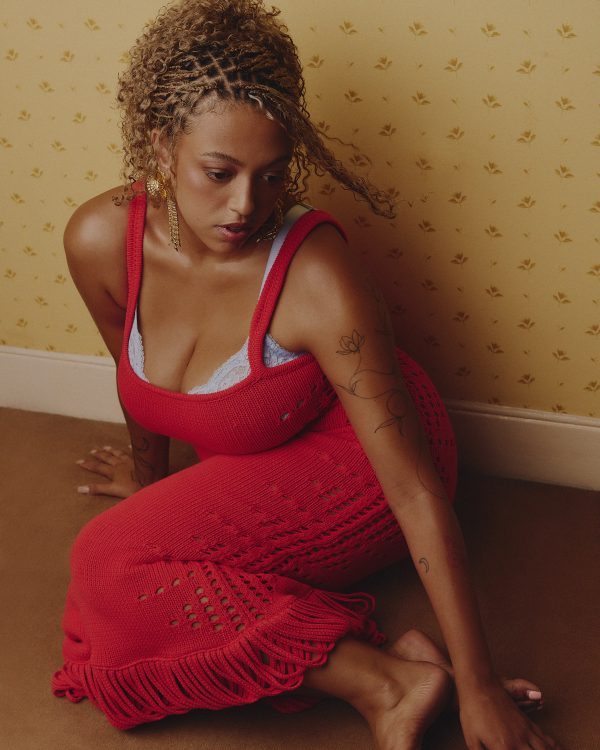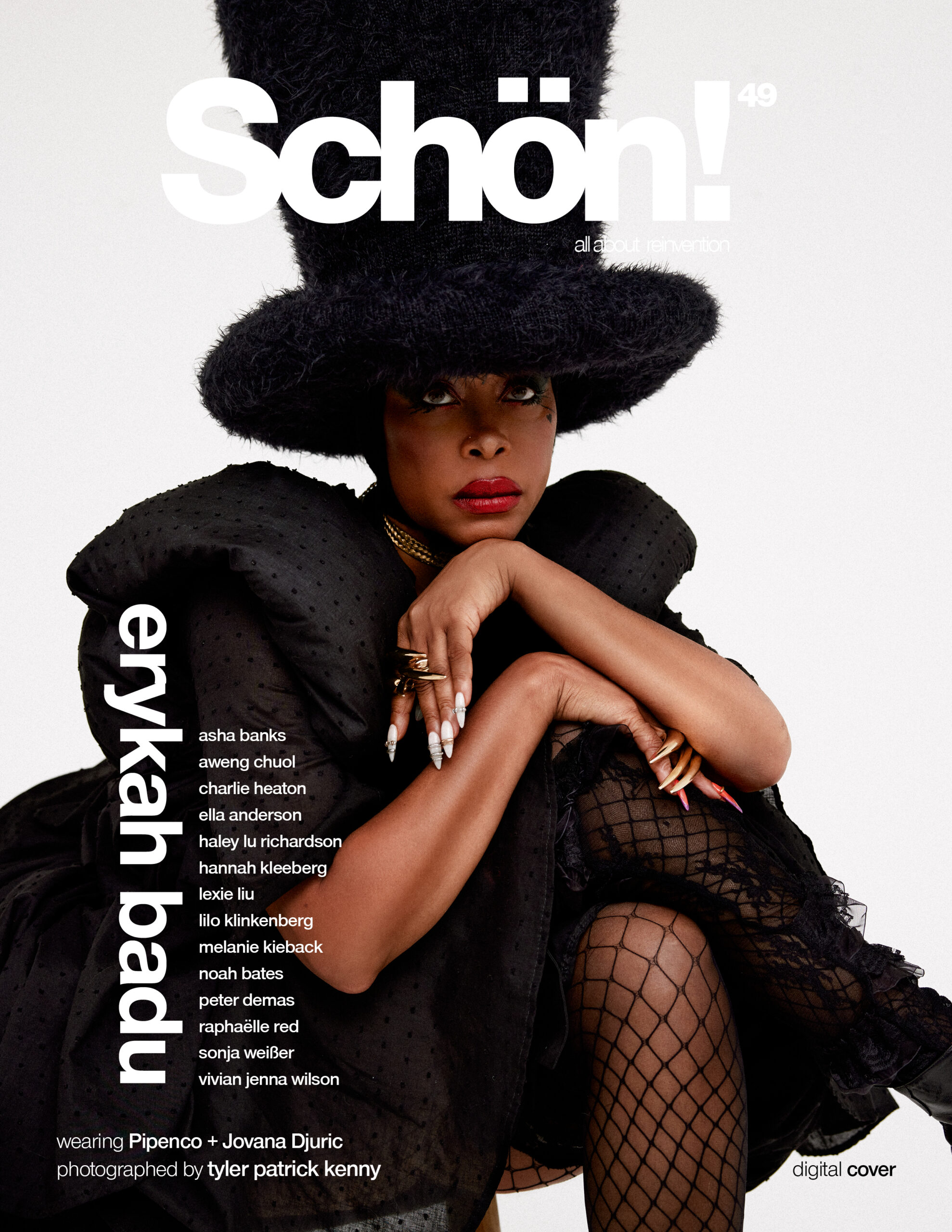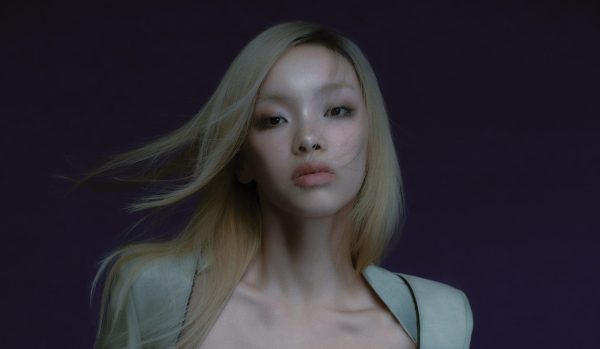
In a society where everyone is almost famous, our fascination with fame and fortune hasn’t waned. For renowned celebrity journalist Nadja Sayej, who has navigated the hedonistic world of celebrities and fame hungry New Yorkers for the last fifteen years, interviewing stars such as Yoko Ono, Paris Hilton, Jean Paul Gaultier and everyone in between, their shine hasn’t faded. While her interviews have enabled Sayej to garner life advice from some of the best in the business, her photography has allowed her to capture their spontaneity. Going by the moniker ‘the paparazzi bitch’, Sayej lends her female gaze to what is typically a predator-prey relationship.
With her latest book Paparazzi Bitch, a catalogue of candid celebrity snapshots, and other pieces in the pipeline, Sayej isn’t shying away from putting her legacy on the map.
Where do you think your interest in celebrity culture stems from?
The fact that I’m not American. American pop culture is global, but celebrity culture from other countries is strictly regional. People in California don’t know about German designer, Harald Glööckler, while people in Stuttgart probably don’t know about Canadian performer, Tate McRae. As a Canadian, I saw all the successful people from my country – Justin Bieber, Jim Carrey, The Weeknd, Drake – leave for the US because Canada doesn’t have the industry to support their talents at home. It made sense to eventually move to NYC after spending nine years in Europe as a foreign correspondent.
Why do celebrities make for such interesting subject matter? Why do you think society is still so fascinated by them?
Celebrities are constantly in the limelight, whether we like it or not. They’re aspirational, people want to be like them so they look up to their lifestyles. But there are also the doom scrollers who want to see them fail and love seeing them fall from grace.

Do you have an interview that really stands out to you?
I’ve interviewed over a thousand celebrities spanning the past 15 years as a journalist. I always ask them for their career advice and wisdom to pass onto others. I liked speaking the most with Dominique Jackson, from Pose, who told me to “always be kind” or Jerry Seinfeld on the simple construction of a good joke.
You’ve interviewed a lot of renowned celebrities, are there any running themes or similarities that crop-up throughout those conversations?
I always ask celebrities what advice they have for young artists today. Whether its about perseverance, not giving up or money advice, they always have a slice of wisdom to offer, and they each have something different to say. Christina Ricci told me “don’t take advice from me” while Bill Nye said if you want to change the world, vote.
Do you think that you capture the same emotion and sentiment in your photography as you do in your interviews?
No, interviews and photography are two different things for me. I’ve previously spoken about celebrity photography as capturing a spontaneous moment that isn’t planned or posed. We see so much Photoshopped and Facetuned photography online today, it’s nice to scale it back and take black and white photos of celebrities in action at events that captures the excitement of an IRL moment.

The word ‘paparazzi’ typically has negative connotations, were you trying to reclaim that phrase for your new book, Paparazzi Bitch?
I’m not trying to reclaim anything! I employ paparazzi techniques to capture gala photos as it works well for me. I’m not a paparazzi, but I love doing spontaneous street style photography. I always introduce myself as the “paparazzi bitch” when I enter a venue, event, nightlife, a party or red carpet because I have a huge flash that draws a lot of attention. New Yorkers are especially needy when requesting photos of themselves be sent to them, they’re desperate for attention and everyone wants to be famous. If I photograph someone at 11 pm one night, I can guarantee you I’ll get a DM at 7 am asking “where are the photos you took of me? Can you send them to me right now?” This is why I photograph celebrities and not regular people because celebrities are photographed all the time so they care less where the photos go.
What does the female gaze mean to you? What does male led photography often overlook?
Men treat photography as a predator and prey relationship, while women photographers treat it like a sisterhood. I wrote about this extensively in my book, Red Carpet Ho. Men also have a way of treating female photographers on the red carpet. That’s why I wrote Red Carpet Ho, which is a companion book to Paparazzi Bitch that explains the stories behind the celebrity photos I’ve taken. Since we live in a visually driven culture, thanks to social media, people don’t know how to read books anymore, which is why Paparazzi Bitch is a photo book with no words. You’re supposed to piece the meaning together on your own, like any good artwork requires your thought.

In Paparazzi Bitch, you ask the question ‘Why don’t we know about more “great women paparazzi” photographers?’ – what more needs to be done to bring them to the fore?
Women photographers are underpaid and under recognised. For me, celebrity photography stems from fashion photography. The first fashion photographers in the 1960s were known as “bad boys” in the industry, like David Bailey, Helmut Newton, Patrick Demarchelier and the like. Now, there’s David LaChapelle, who has a career beyond commercial and editorial photography, and is recognised as an artist. Many women photographers can only dream of having the career that he has, they’re struggling to get recognised or ask for a fair rate. The only women photographers we know are Ellen von Unwerth and Annie Lebowitz.
When it comes to actual paparazzi photography in the school of Ron Galella, there are no acclaimed female names because they don’t fit the bad boy persona. Anytime that I’ve tried to add a Wikipedia page on a female photographer they have been taken down because they’re not “notable enough,” meanwhile mediocre male photographers are getting museum retrospectives across the world. The gender bias is real! My book is to help show women how to step up and stand out with a self-released photo book with a bold name to get your legacy on the map. As Roseanne Barr said, “Nobody gives you power, you just take it.”
What’s next for you?
I’m releasing my next photo book called The Art World, featuring over 100 portraits of artists (Marina Abramovic, Jeff Koons, and more). My next photo book Party Zeitgeist: Berlin, 2010-2018 features the roots of my photo work – party photography. I also have a new web TV series in the works, and, of course, I’ll keep interviewing celebrities. I’ll also keep showing up at red carpet galas dressed like a sequin-clad, fun fur cartoon character!

Nadja Sayej’s new book Paparazzi Bitch is out now.
interview. Katie Shuff
photography. Nadja Sayej


Schön! Magazine is now available in print at Amazon,
as ebook download + on any mobile device


